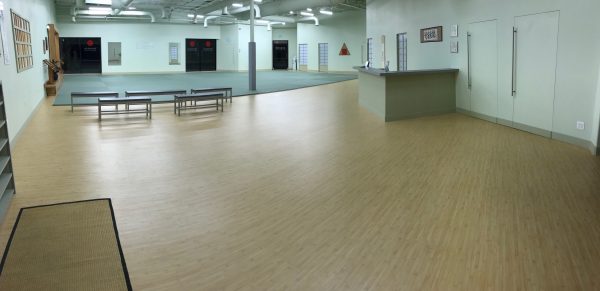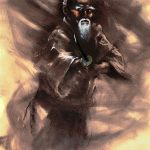 Harvey Konigsberg has created a new print, O-Sensei with Sword, a 16″ x 20″ archival print, hand-signed limited edition of 450 on 100% cotton canvas. The print will not be stretched, giving the donor the option of stretching or framing it themselves. All the proceeds from the sale of the first 50 prints minus the cost of production will be donated to the New York Aikikai. The first 50 prints are available for the special price of $145 (regular price $375.) Shipping is free. Custom sizes available.
Harvey Konigsberg has created a new print, O-Sensei with Sword, a 16″ x 20″ archival print, hand-signed limited edition of 450 on 100% cotton canvas. The print will not be stretched, giving the donor the option of stretching or framing it themselves. All the proceeds from the sale of the first 50 prints minus the cost of production will be donated to the New York Aikikai. The first 50 prints are available for the special price of $145 (regular price $375.) Shipping is free. Custom sizes available.
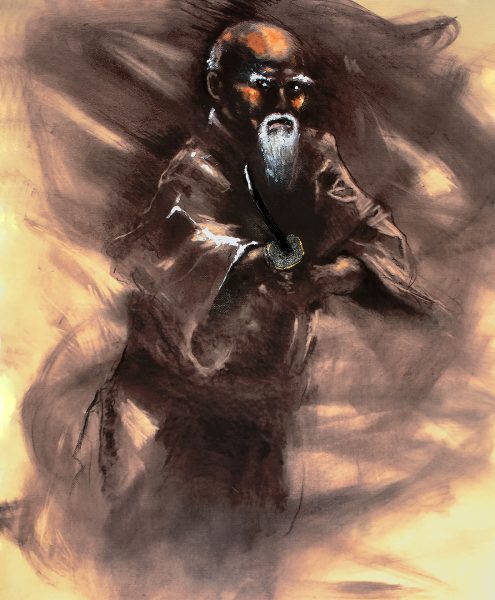

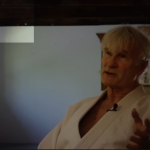
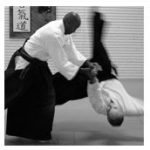
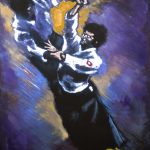 Konigsberg sensei has a new website,
Konigsberg sensei has a new website,  I once asked Sugano Sensei what correct ukemi was. “There is alive and there is dead” he replied. When I asked him what he meant he replied, “Uke is to move, receive technique, become technique. O’Sensei broke from traditional martial arts. Aikido is about life. Ukemi is rolling. Uke moves, receives energy, body becomes technique.” He said that in older martial arts they were about fighting and killing, so the person took falls. “When person takes fall that is not ukemi. That is death. They are dead. Older arts are just killing. Ukemi is rolling because person is alive and continue. Aikido is circle like life. Ukemi is to live, not die.” *
I once asked Sugano Sensei what correct ukemi was. “There is alive and there is dead” he replied. When I asked him what he meant he replied, “Uke is to move, receive technique, become technique. O’Sensei broke from traditional martial arts. Aikido is about life. Ukemi is rolling. Uke moves, receives energy, body becomes technique.” He said that in older martial arts they were about fighting and killing, so the person took falls. “When person takes fall that is not ukemi. That is death. They are dead. Older arts are just killing. Ukemi is rolling because person is alive and continue. Aikido is circle like life. Ukemi is to live, not die.” *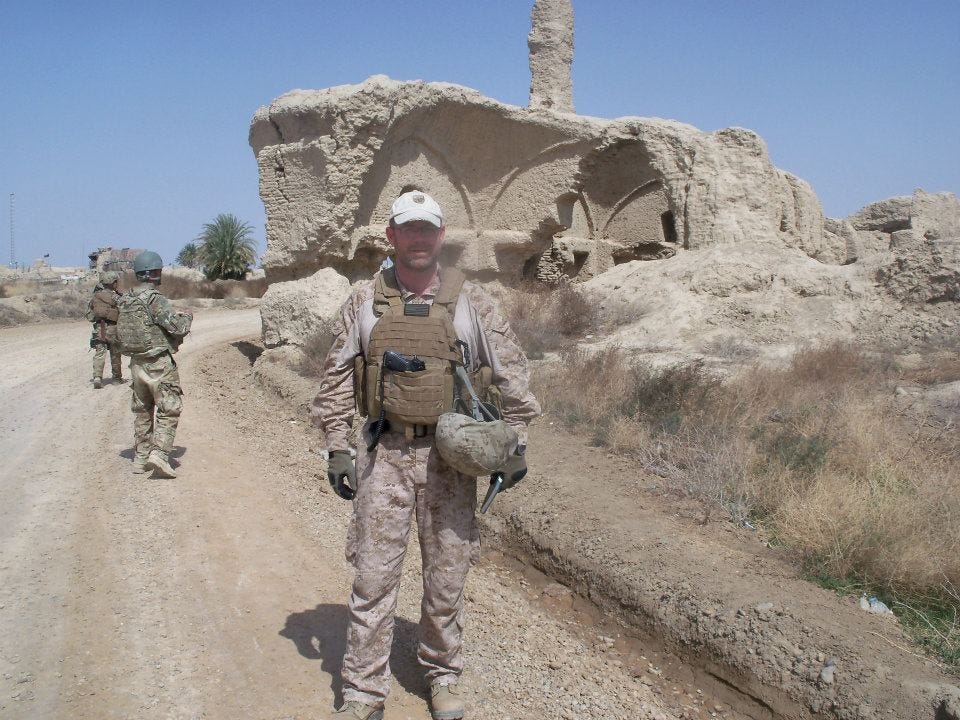
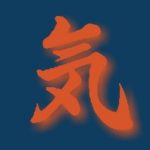 For the past several years, Florida Aikikai has offered a “workshop” for attendees at their annual Winter Camp. Last year, November 2017, Blue Spruell, Chief Instructor & Shidoin of Peachtree Aikikai Atlanta, gave a presentation about Aikido Terms and Meanings. The first link below is a copy of the written terms, and the second link is a video of his presentation.
For the past several years, Florida Aikikai has offered a “workshop” for attendees at their annual Winter Camp. Last year, November 2017, Blue Spruell, Chief Instructor & Shidoin of Peachtree Aikikai Atlanta, gave a presentation about Aikido Terms and Meanings. The first link below is a copy of the written terms, and the second link is a video of his presentation. There was a time, during my youth and early adulthood, that I had only a one-word response to any conflict, a loud and forceful “NO.” In a lot of situations, there’s nothing wrong with a strong “NO!” as a means of stopping aggression. It’s a word whose delivery everyone should practice. But while that word had been useful in my formative years, as a boy and young man facing larger bullies, as a response to conflict in other situations, it lacked a certain capacity for nuance.
There was a time, during my youth and early adulthood, that I had only a one-word response to any conflict, a loud and forceful “NO.” In a lot of situations, there’s nothing wrong with a strong “NO!” as a means of stopping aggression. It’s a word whose delivery everyone should practice. But while that word had been useful in my formative years, as a boy and young man facing larger bullies, as a response to conflict in other situations, it lacked a certain capacity for nuance.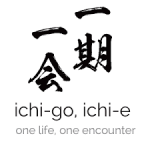 The white oak tip of a jo was shooting toward my throat and I was doing my best to curl under it before it hit me. My body was horizontal, roughly four feet above the mat. In my hands was a bokken. And all around me was a gasp from the seated students who were watching. The tsuki to my neck was as unexpected to them as it was to me.
The white oak tip of a jo was shooting toward my throat and I was doing my best to curl under it before it hit me. My body was horizontal, roughly four feet above the mat. In my hands was a bokken. And all around me was a gasp from the seated students who were watching. The tsuki to my neck was as unexpected to them as it was to me.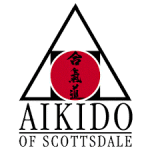 Aikido of Scottsdale and Glenn Brooks Sensei have yet another reason to celebrate. Just coming off the heels of their 20th anniversary this past year, they are now announcing the relocation and opening of their stunning new dojo. Designed and built by its wonderful members, construction took over 3 months to complete and at nearly 4,000 square feet, it is the largest Aikido dojo in Arizona.
Aikido of Scottsdale and Glenn Brooks Sensei have yet another reason to celebrate. Just coming off the heels of their 20th anniversary this past year, they are now announcing the relocation and opening of their stunning new dojo. Designed and built by its wonderful members, construction took over 3 months to complete and at nearly 4,000 square feet, it is the largest Aikido dojo in Arizona.
